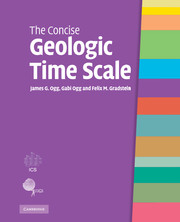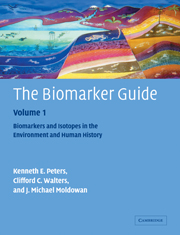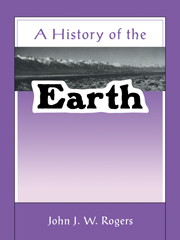The Cretaceous World
This textbook on the Cretaceous era explores the interactions between the physical, chemical and biological processes operating within, and at the surface of, the Earth during this extreme period in history. Characterized by high atmospheric carbon dioxide and global warmth, the Cretaceous era is very relevant to future climatic change studies. Designed for use in undergraduate and graduate courses, the text includes chapter summaries, focus boxes, and Questions and Answers throughout. It is supported by a website hosting sample pages, selected illustrations, and exercises.
- Written and developed over a number of years by a team of experts from the Open University
- Full colour throughout with superb illustrations
- Contains many pedagogical features that will appeal to students and tutors
- Supported by a website hosting sample pages, illustrations and worked exercises
Reviews & endorsements
"... The Cretaceous World is the book for you. OK, it is a textbook but it's how a textbook should be. To begin with it is actually a joy to look at: a happy marriage of Cambridge University Press's publishing know-how and the Open University's experience in producing lively, informative and well-structured texts for students that are also accessible to the general reaader...it's an outstanding bargain." New Scientist
Product details
July 2003Hardback
9780521831123
360 pages
285 × 222 × 30 mm
1.507kg
250 colour illus.
Available
Table of Contents
- Preface
- Part I. Survey of the Cretaceous World:
- 1. Introduction to the Cretaceous
- 2. The mobile palaeogeographical framework
- 3. Fluctuating sea-level
- 4. Changing climate and biota
- 5. Changing climate and biota - the marine record
- Part II. The Workings of the Cretaceous World:
- 6. Biogeochemical cycles
- 7. Volcanic inputs
- 8. The operation of major geological carbon sinks
- 9. The lost world rediscovered
- Part III. The End of an Era:
- 10. The end-Cretaceous mass extinction
- 11. Seeking an explanation
- 12. The 'smoking gun'
- 13. The effects of the Chicxulub impact
- Acknowledgements
- References
- Index.






